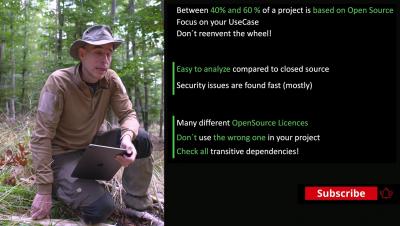Configure security tools for effective DevSecOps
Managing security vulnerabilities and false positives is a challenge in today’s DevSecOps environment. Configure the right tools correctly to avoid overload. To do a job well, you need the right tools. But it’s just as important—perhaps even more so—to use those tools correctly. A hammer will make things worse in your construction project if you’re trying to use it as a screwdriver or a drill. The same is true in software development.




